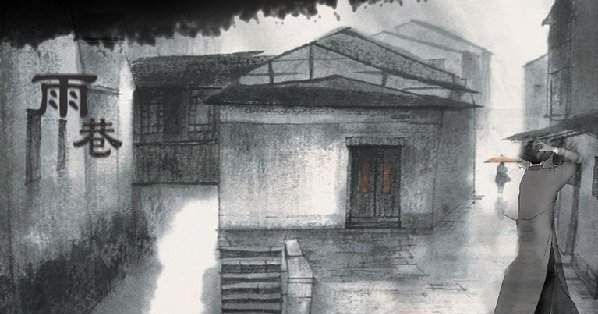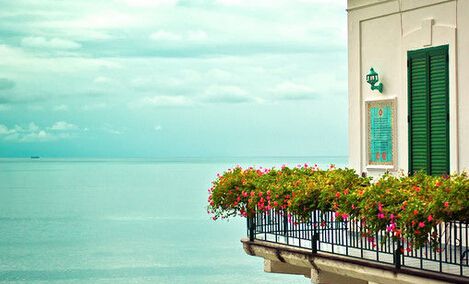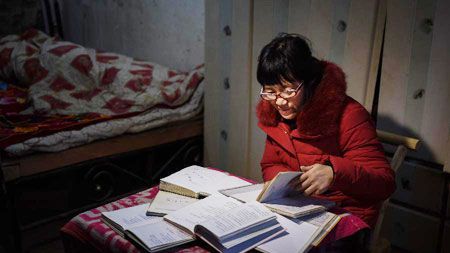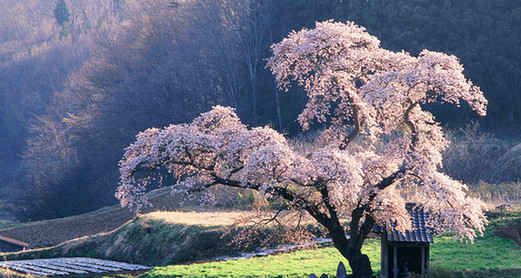绿色降温屋顶如何影响都市气候
|
A video related to this research can be found here: https://youtu.be/170ceT_dvcE More than 50 percent of today's population lives in cities. According to the United Nations Development Programme, that number is predicted to rise to 70 percent by 2050. Growing urbanization increases the overall temperature of a city as buildings, roads, parking lots and other infrastructure absorb heat, creating an urban heat island (UHI). A UHI causes areas like Chicago to be significantly warmer than surrounding rural areas, which threatens urban sustainability and can lead to high mortality rates and scarcity of resources as well as high electricity demands. Newly published University of Notre Dame research found that the use of roofs with vegetation or reflective surfaces on top of Chicago's current infrastructure could reduce UHI by lowering roof temperatures by a range of 3 to 4 degrees Celsius (5.4 to 7.2 degrees Fahrenheit). The study, part of a collaboration between Notre Dame and the City of Chicago, examined the efficacy of green or cool roofs using a regional climate model to simulate various real-world urban rooftop conditions. "Our research analyzed how these non-conventional roofing strategies would impact energy use and air quality, as well as to understand the unique role Lake Michigan would play in mitigating UHI in Chicago," said Ashish Sharma, postdoctoral researcher with the Environmental Change Initiative and the Department of Civil and Environmental Engineering and Earth Sciences, who led the study. "The lessons learned from this research will be integral for city planners as they decide how green infrastructure should be implemented." |








